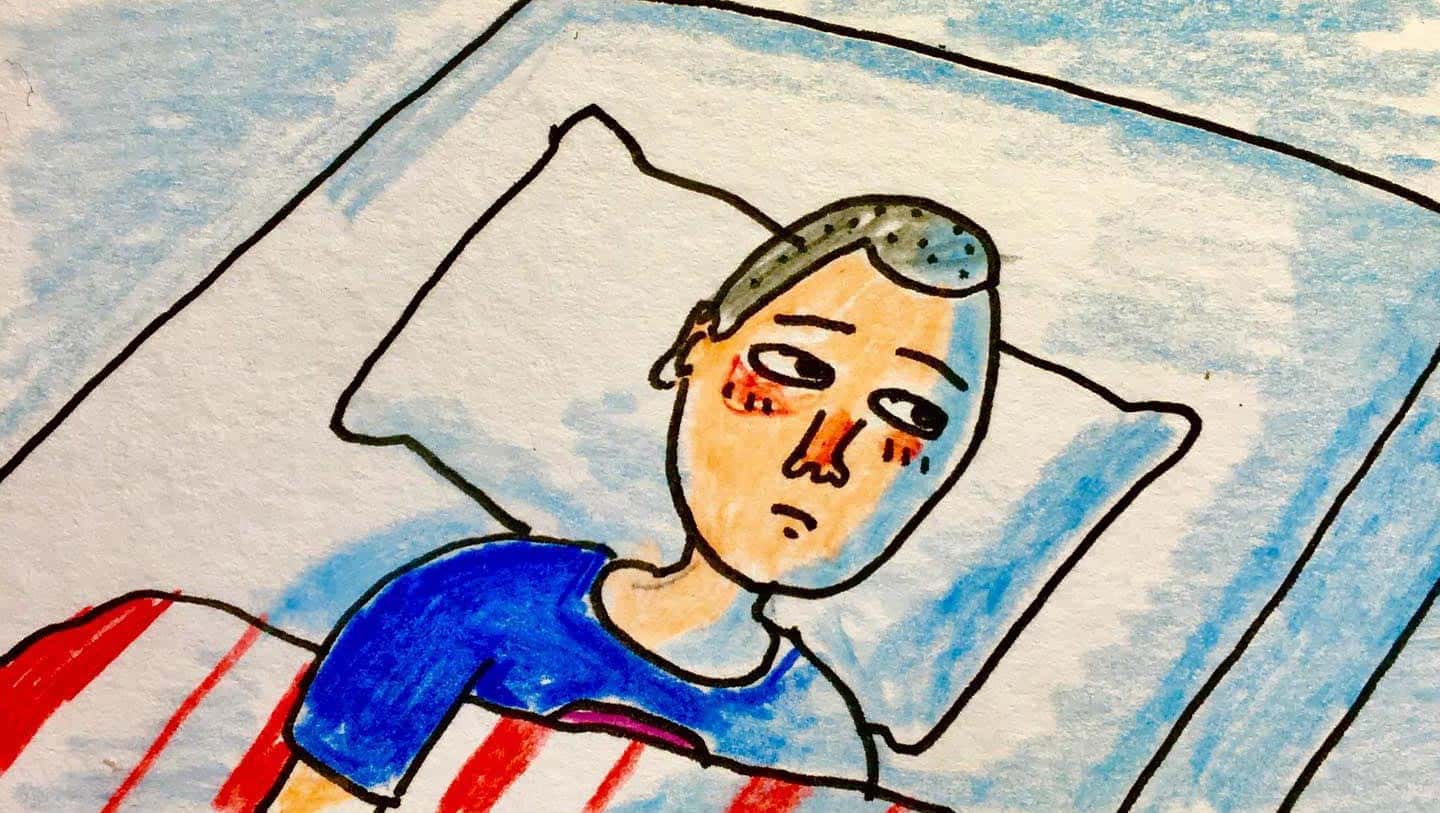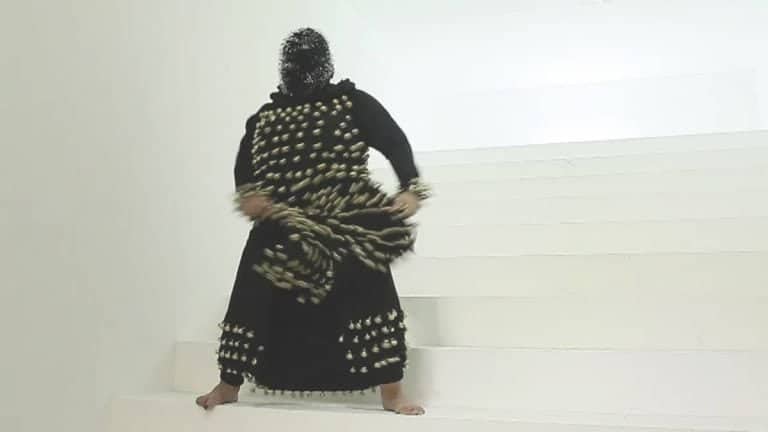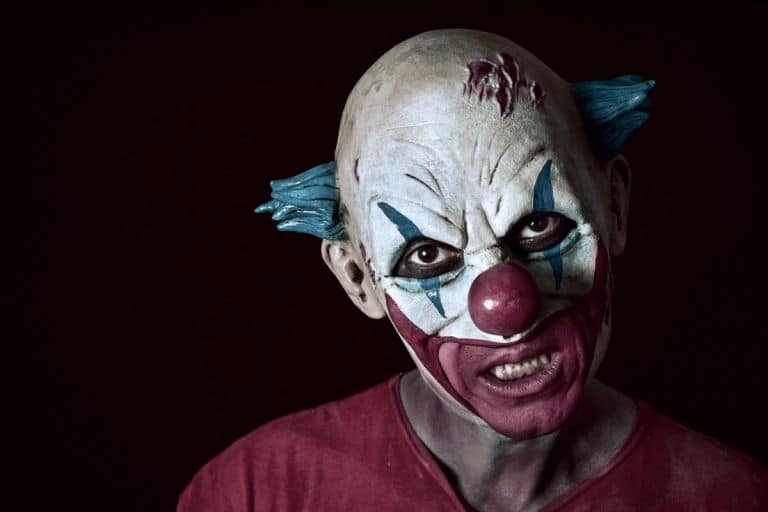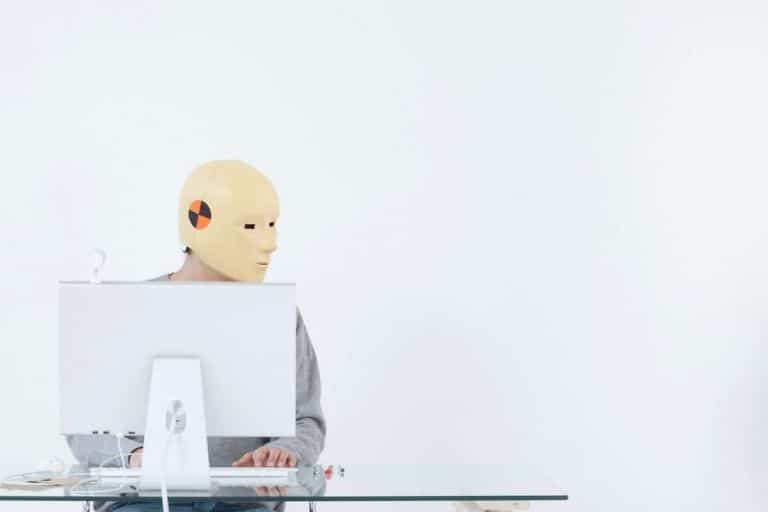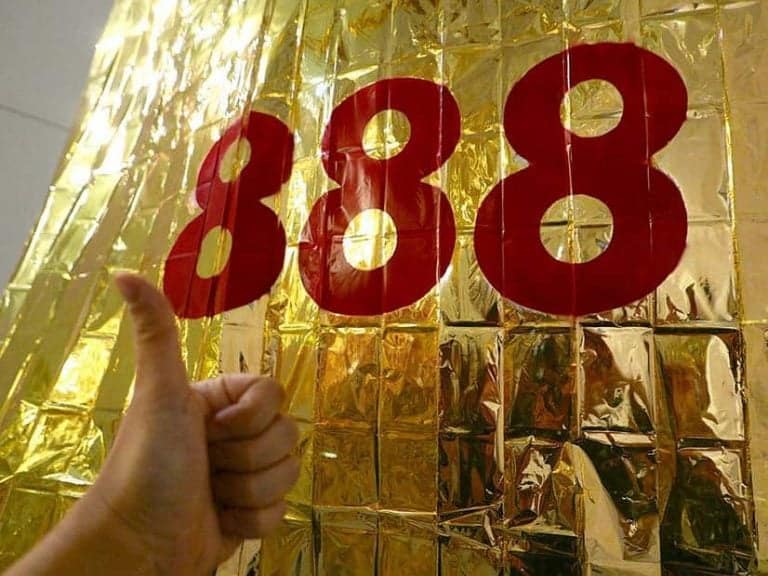Before the COVID-19 pandemic, the term “viral” was already embedded in Internet lingo, used to describe the exponential spread of content and news across social media. In fact, the word “meme” — which is now commonly used to describe a particular form of funny, self-replicating, user-generated Internet content — was originally coined by biologist and author Richard Dawkins to describe behaviours, ideas, and other cultural phenomena that transcend their original creators and perpetuate themselves like a virus, thus shaping collective consciousness and human evolution.
The Internet has arisen as a unique and turbulent space, unlike any physical space we’ve ever known. Every click leads to someplace else; everything replicates itself in subtle new formulations. In today’s attention economy, anyone who wants to be heard at all is forced to devise strategies of staying on top of the algorithms that control the way that content is pushed to users. Studies and essays abound examining this phenomenon. From the influence of Spotify streaming on music production (or “streambait pop”) to the rise of Rupi Kaur, the Internet’s poet laureate whose digestible square-format poetry is followed by 4 million followers (at the time of writing this article), to the bizarre emergence of “Instagram Face” — an algorithmically-perfect face possessed by many celebrities and social media influencers that young girls aspire to via surgery — the impact of the Internet on culture and modes of thinking have proven to be immensely far-reaching.
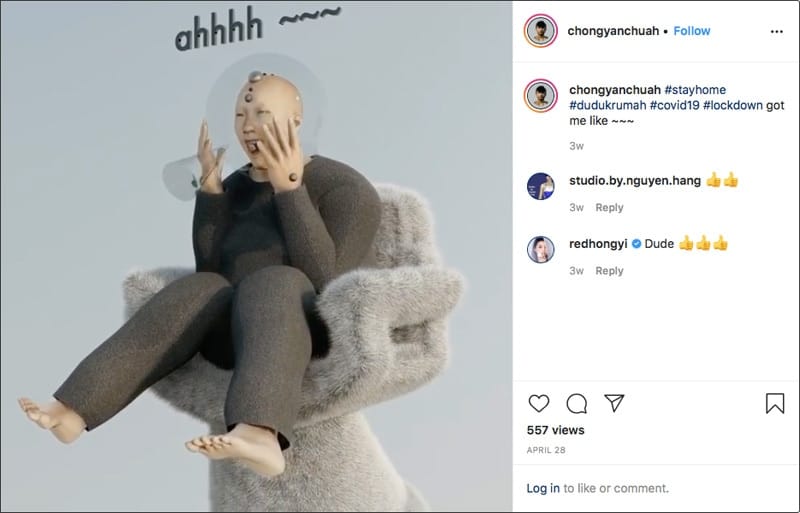
Art has to compete too. Pre-coronavirus, the sort of art that succeeded on Instagram were usually immersive, the kind that could act as attractive backdrops in visitors’ Instagram photos. As such, “light and space”-type installations lent themselves easily to Instagrammable content, even if that was not their artists’ original intention. Take Yayoi Kusama’s Infinity Rooms, James Turrell’s light rooms, or Olafur Eliasson’s installations for instance.
Now, with portions of the world under lockdown, no one is allowed to visit any exhibition — Instagrammable or not — and art establishments are ramping up their social media presence in order to maintain relevance. Social media feeds are no longer just a digital supplement to the physical space: now, social media is the space. For some galleries without a website, it is the only space.
Art has always maintained the superiority of physical experience, insisting that artworks need to be experienced in person in order for the viewer to fully grasp their scale and essence. Indeed, many jet-setting collectors travel multiple times a year to catch various art fairs and major exhibitions in person. Now that physical visits have been crippled by the coronavirus, how will art fare in the attention economy online? Will it still have the same meaning that it used to?
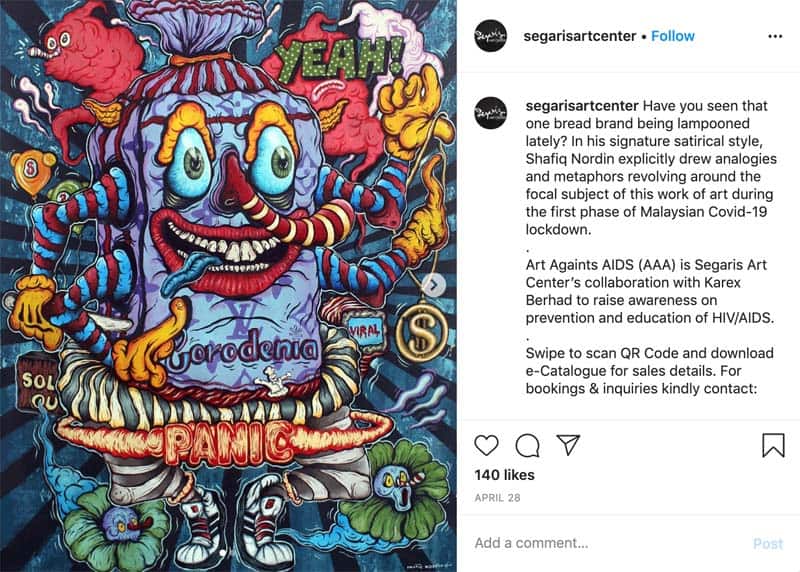
The strategies have been varied. Some galleries have started launching virtual exhibitions, while others are finding that the best strategy is to focus on profiling artists. (Faces generally get more likes on Instagram.) In the Malaysian online art scene, content has largely focused on artists and their daily lives working from home, delivered in the form of live-streamed video interviews and artist takeovers. ILHAM Gallery in Kuala Lumpur has gone all-out with their social media usage, launching: an Instagram Story series of the gallery team’s cats; a weekly artist takeover of the gallery’s Instagram; an “ILHAM @ Home” video series in conversation with artists from their current exhibition, The Body Politic and the Body (closed early due to the pandemic); and a “#MYART” series inviting local writers and curators to share their favourite piece of Malaysian art.
Meanwhile, Segaris Art Centre is using their Instagram profile to host exhibitions, proving that virtual exhibitions don’t need to be elaborate 3-D walkthroughs but can make use of the most straightforward image-uploading platform where their audiences are already gathered. Art Seni, a group that provides art tours and consultancy, have used their Instagram page to host a range of virtual “activities” with artists, including live interview sessions, DJ sessions, live art classes, and studio tours.
On a more personal level, local collectors have been sharing photos of their private collections to keep up the enthusiasm for art appreciation and collection. Artists have also been active in re-sharing each other’s works, interviews, and features during this time.
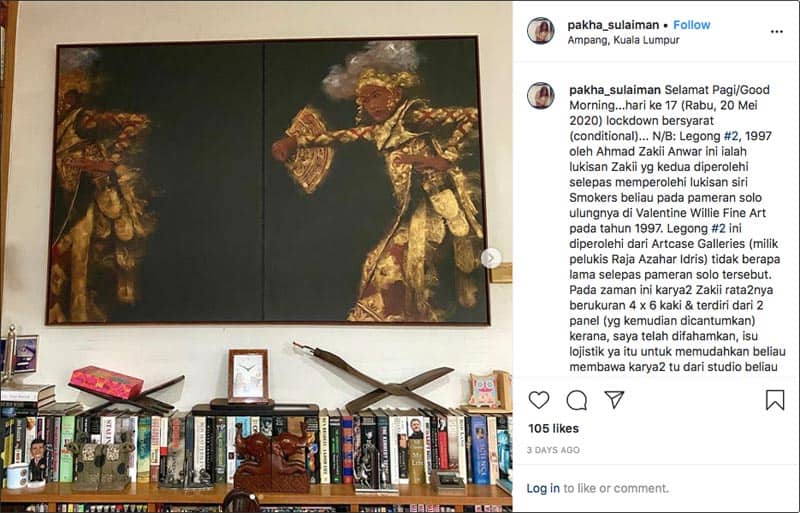
While these efforts may be enough for the time being, they still can’t escape the framework of the social media platform. By now most people have a healthy skepticism towards social media, especially in light of the data privacy and surveillance scandals that have hounded Facebook (which now also conveniently owns WhatsApp and Instagram) over the years. On top of that is the in-built “social rewards” user experience of likes, follows, and notifications designed to generate a shallow sense of validation, a dopamine rush that hooks users into checking their phones constantly. Psychologists have compared it to the addictive feelings of cocaine or slot machine gambling, and it’s evident in the unhealthy, compulsive attachment that many young people have to their social media identities.
As we see a drastic increase in online activity during the lockdowns that the pandemic has necessitated, we also observe a corresponding increase in social media burnout, synapses fried by the saturation of information to the point where it becomes difficult to discern what is worthy of our attention from what isn’t. Social media may once have been celebrated as a 21st-century revolution that opened up global communication and information exchange — on the level of the ordinary user, it still is, with most of them logging on in good faith — but this fantasy has largely been sold out for profit. Current operations are not designed to prioritise users’ individual happiness or their development of healthy, fulfilling relationships.
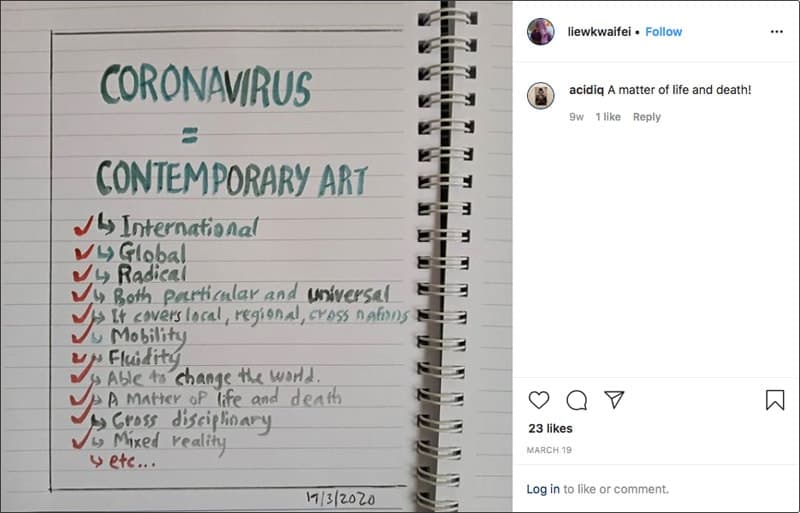
Most of us are now locked up at home, alone, anxious, and desperate to see friends and family again. No matter how often our loved ones appear on our feeds, the connection just isn’t the same, like how viewing art online just isn’t the same as seeing it in person. When “inside is forever” as expressed by fellow KLites Lee Weng Choy and Samantha Cheh in their recent Letters from KL, even the most hardened introverts among us would start to miss the outside world, or at least miss the autonomy to choose whether to leave the house or not. Now, the virus makes the choice for us.
Quarantined from the outside world, particularly prohibited from mass gatherings, it’s also worth wondering how much of the more community-inspired forms of contemporary art may be under threat. For example, among Malaysian artists: Bornean collective Pangrok Sulap has a rotation of 20-odd members, all working together in their studio where they make their large woodblock prints in Kota Kinabalu, Sabah; Sharon Chin’s In The Skin of a Tiger: Monument to What We Want (Tugu Kita), one of the highlights of the recent Singapore Biennale, was created through the collaborative sewing efforts of over a hundred volunteers in Malaysia and Singapore; while chi too’s Bukan Budaya Kita series revolves around documenting historic protest sites in Malaysia. Mass gatherings, community work, protests, parties — all have their own distinct and inimitable atmospheres born from a physical togetherness that may be lost to us now. In comparison, social media seems a poor substitute.
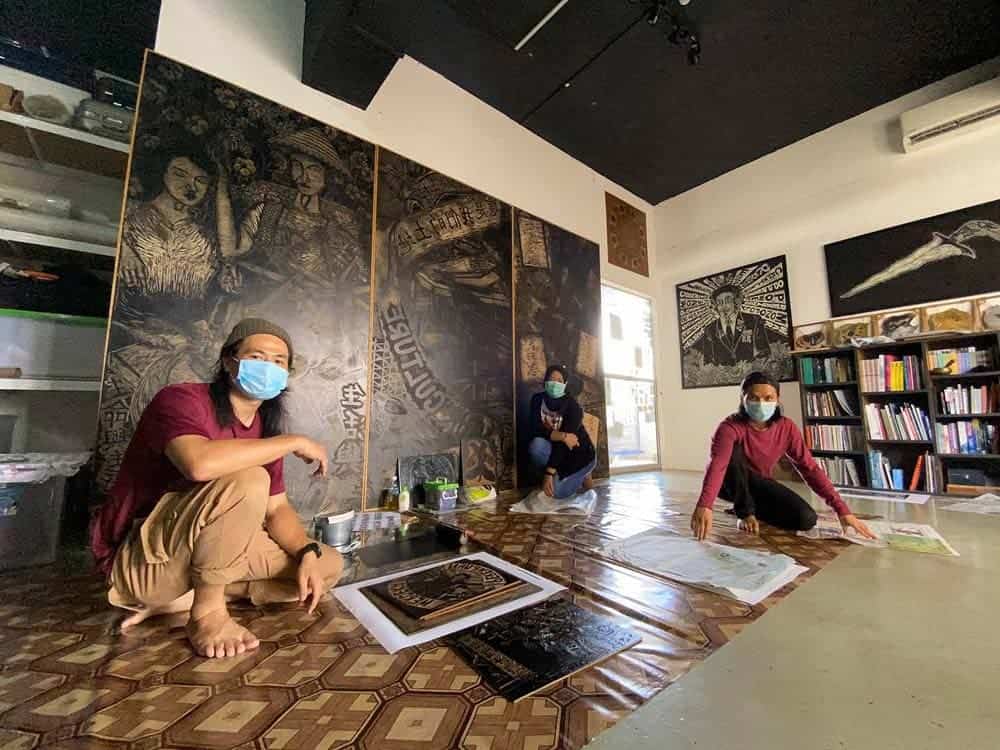
During this lockdown, we may be thinking deeply about our relationship to social media and questioning how well it serves us as a tool for empathy, creativity, and connection. Amidst much death and suffering within a short span of time, coupled with the intense loneliness faced by populations of the world under lockdown, social media seems an even lonelier and claustrophobic space, our infinite scrolling producing as much connection as a Zoom call plagued by bad WiFi. Its algorithms — the purest distillation of which can be found on our Instagram Explore pages, an endless grid reflecting the type of person Instagram thinks we are (or the type of person Instagram has moulded us to be? What’s the difference?) — often fail to satisfy or provide comfort beyond distraction.
Art may flounder within the attention economy because much of social media usage now is designed to be inherently unsatisfying and addictive. But, we can use this time to develop a new appreciation for the living and tangible world instead of taking it for granted amidst our compulsive phone-checking and searches for an elusive “Instagrammable” factor in certain situations and experiences. Perhaps we can find ways to translate the popular, polyphonic nature of social media back into our physical spaces, but ditch the surveillance and anxiety. Perhaps we will question all the excessive money we spent before on visual spectacles designed for creating photo ops rather than memories, when so many now have been made destitute within the space of a month. Perhaps we will also see more community efforts, like the mutual aid groups initiated to protect the vulnerable among us in the wake of the lockdowns, and a rise in collaborative or community-based artworks.
The inside feels forever, but it’s not. Instead of preparing for an even greater digital takeover, we should be prepared for when we meet each other again — never forgetting what it was (or should I say, is?) like during these lonely, anxious times.
Cover image: A panel from “RMO (Restricted Movement Order) Comics” by Ranerrim, which imagine the adventures of fictional siblings Sun and Ben during the nationwide lockdown. This panel’s full comic strip can be found on the artist’s Instagram and Facebook. Image courtesy of the artist.
